Textured Abstract Canvas Prints for Wabi‑Sabi Bedroom Decor (Earth Tones)

Wabi‑sabi isn’t a “style” you buy; it’s a way your room exhales. The look is earthy, imperfect, and tender with time. This guide shows how to use textured abstract canvas art—think limewash vibes, stone pigments, and hushed neutrals—to make a bedroom that feels quiet, grounded, and human.
What makes a bedroom feel wabi‑sabi?
Wabi‑sabi embraces the imperfect and the incomplete—a knit throw with a snag you love, a clay cup with a thumbprint, a canvas with tactile plastery strokes. In a bedroom, that means low visual noise, natural materials, soft asymmetry, and art that feels like it was kissed by weather rather than a machine. Textured abstract canvases deliver that sensibility without shouting for attention.
“Perfection is a polished collection of mistakes.” —Every good bedroom, eventually
Pro tip: If you can see brush texture or pigment granulation from a step away, it’s probably wabi‑sabi‑friendly.
The earth‑tone palette (and why it calms)
Warm neutrals cue safety and rest. Aim for clay, sand, bone, stone, olive, and smoke. Use one deeper anchor (olive, cocoa, charcoal) plus two soft companions (linen, oat, almond). Your art should join the chorus, not solo above the bed.
- Anchors: Olive green, umber, charcoal.
- Softeners: Ecru, mushroom, warm white.
- Accents: Terracotta, muted gold, faded indigo.
If your bedding is cool‑gray, mix in clay/terracotta art to warm it; if it’s warm‑beige, add smoky ink or sage to keep it dimensional.
Texture over perfection: plastery abstracts
Wabi‑sabi texture is more “chalky plaster” than “gloss varnish.” Look for limewash gradients, faux plaster, mineral pigments, and stone‑like veining. Even printed canvases can telegraph tactile depth when the artwork uses matte fields, micro‑speckle, or softly torn edges.
Pro tip: Place a warm lamp so it grazes the canvas—side light rakes across texture and makes inexpensive art read rich.
Materials that love your art
Pair textured canvases with materials that echo nature: raw oak, rattan, undyed linen, wool bouclé, unglazed ceramic, paper lampshades. Avoid mirror‑gloss, heavy chrome, and super‑white LEDs that flatten texture.
- Bed & headboard: low, upholstered in flax or cotton—lets the art breathe.
- Nightstands: matte wood, round edges, open grain.
- Lighting: rice paper or fabric drum shades; warm 2700K bulbs.
For more neutrals, browse Abstract & Geometric Wall Art.
Scale, white space, and how many pieces
In restful rooms, negative space is medicine. Above a queen bed, one 24–36" tall piece or a calm diptych beats a busy gallery wall. Leave a hand’s‑width gap between headboard and frame, and keep loud accents small and far from the pillow.
Rule of 3s: 60% soft neutrals, 30% supportive mid‑tones, 10% accent.
Rule of Edges: Float frames or raw canvas edges feel softer than thick, glossy frames.
Light & shadow placement
Side‑grazing light reveals texture. Angle a bedside lamp so it kisses the canvas edge. Morning light? Choose warmer pigments (terracotta, honey). Late‑day light? Greens and mushroom greys stay calm at golden hour.
Pro tip: If the artwork has quiet gradients, place it opposite the window to catch soft reflected light, not direct glare.
Layout recipes for common bedrooms
Small studio
- One 24–28" textured canvas centered above bed.
- Keep nightstands low and rounded to soften edges.
- Hide power cords; visual mess breaks the calm.
Standard queen
- Option A: Single large 30–36" canvas.
- Option B: Calm diptych, 2" gap between pieces.
- Lower the art so the center is ~56" from the floor.
Rental‑friendly
- Use narrow floating ledges; lean the canvas.
- Command‑style strips on frames under 8 lb.
- Paper lampshades + linen duvet = instant hush.
Frames, edges & tones
Choose finishes that feel natural: oak and warm brown play best with terracotta and olive; raw black works with mushroom grey; white is fine if the art has toothy texture. Floater frames give canvas depth without heaviness.
Pro tip: When in doubt, match frame warmth to your flooring; contrast slightly with the wall so edges don’t disappear.
Care, longevity & easy upkeep
- Dust with a clean, dry microfiber cloth—no sprays.
- Keep out of direct sun; side‑light is your friend.
- Bedrooms with humidifiers: leave 6–8" air gap from diffusers.
Canvas prints are surprisingly resilient—great for low‑maintenance sanctuaries.
Above‑bed hanging & safety checklist
- Use two hooks per frame—prevents tilting.
- Studs when possible; else proper anchors rated for the weight.
- Bottom of frame ~6–8" above the headboard top.
- No glass above the pillow; prefer canvas or acrylic glazing.
Pro tip: If you live in a seismic area, consider security hardware that locks the frame to the wall.
15‑minute mini‑makeovers
- Swap lamp bulbs: 2700K warms textures instantly.
- Layer a linen throw: echo the canvas color at the foot of the bed.
- Add a ceramic catch‑all: clay repeats terracotta notes in art.
- Declutter the nightstand: one book, one vessel, one plant.
Want more neutral inspiration? See our post Neutral Botanical Abstract Canvas Prints for Japandi Living Room Decor.
Watch: Wabi‑Sabi in Practice
A short primer on bringing wabi‑sabi calm to small spaces—textures, tones, and simple styling.
FAQs
What colors are best for a wabi‑sabi bedroom?
Earth tones—clay, sand, bone, mushroom, sage, olive—plus a tiny accent like terracotta or muted gold. Keep saturation low; aim for matte finishes.
How big should the artwork be above a queen bed?
Usually 24–36" tall works well, or a calm diptych. Keep the bottom of the frame ~6–8" above the headboard and the center ~56" from the floor.
Do I need a frame for canvas prints?
No, but a floater frame in oak or warm brown adds shadow‑gap depth and looks more finished without heavy shine.
Will textured abstract art clash with patterned bedding?
Not if the palette is shared. Pick one color the bedding and canvas agree on (e.g., mushroom or olive) and keep other hues slightly lighter or darker.
Can I hang art over my bed in a rental?
Use lightweight canvas, two hooks, and removable strips rated for weight. Or lean the canvas on a shallow shelf ledge for zero holes.
How do I light textured canvases?
Side‑grazing light from a table lamp or sconce reveals texture best. Avoid harsh top‑down beams that wash out mid‑tones.
How do I clean canvas prints?
Dry microfiber cloth only. No cleaners, no water sprays. Keep away from diffusers and open windows when it rains.
What if my room is all gray?
Introduce terracotta, oat, or olive in art and textiles to warm the scheme. Swap cool bulbs for 2700K warm white.


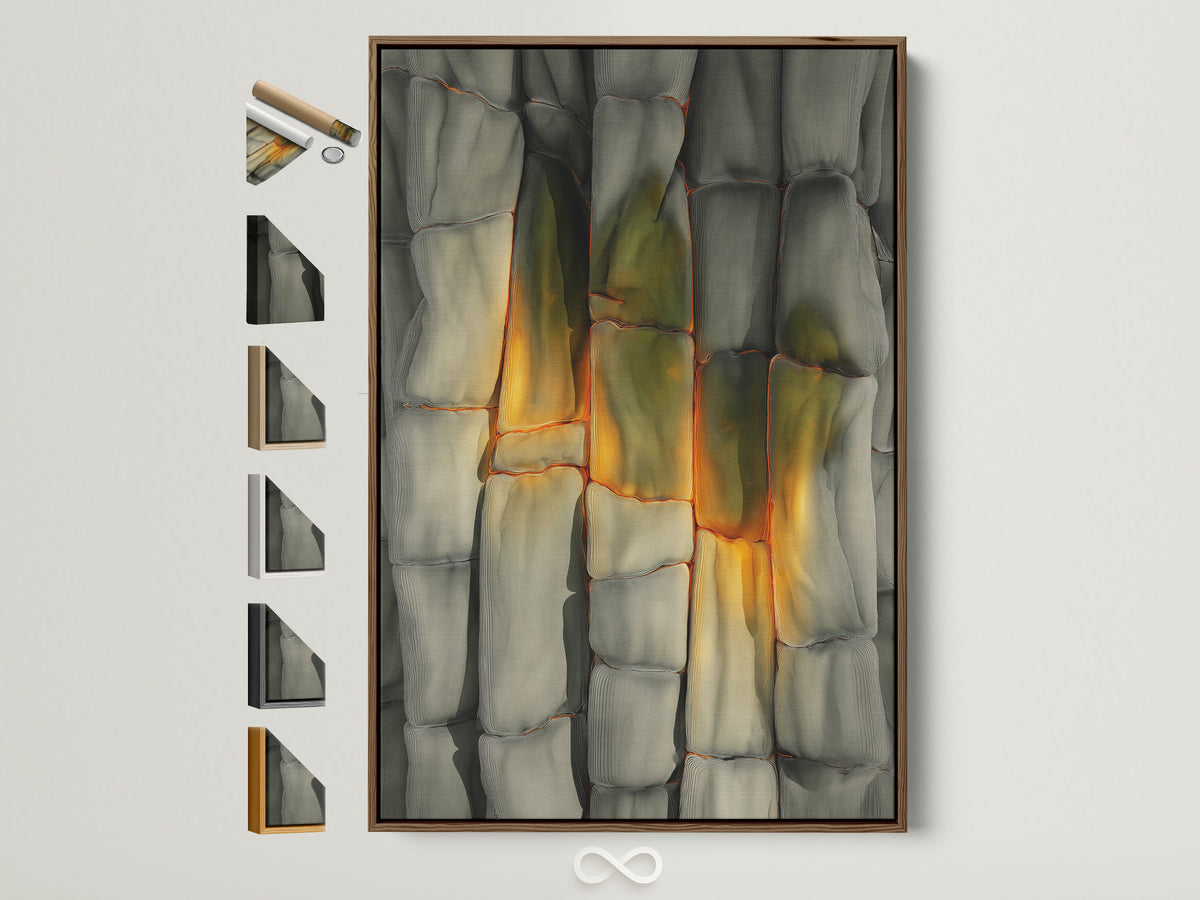
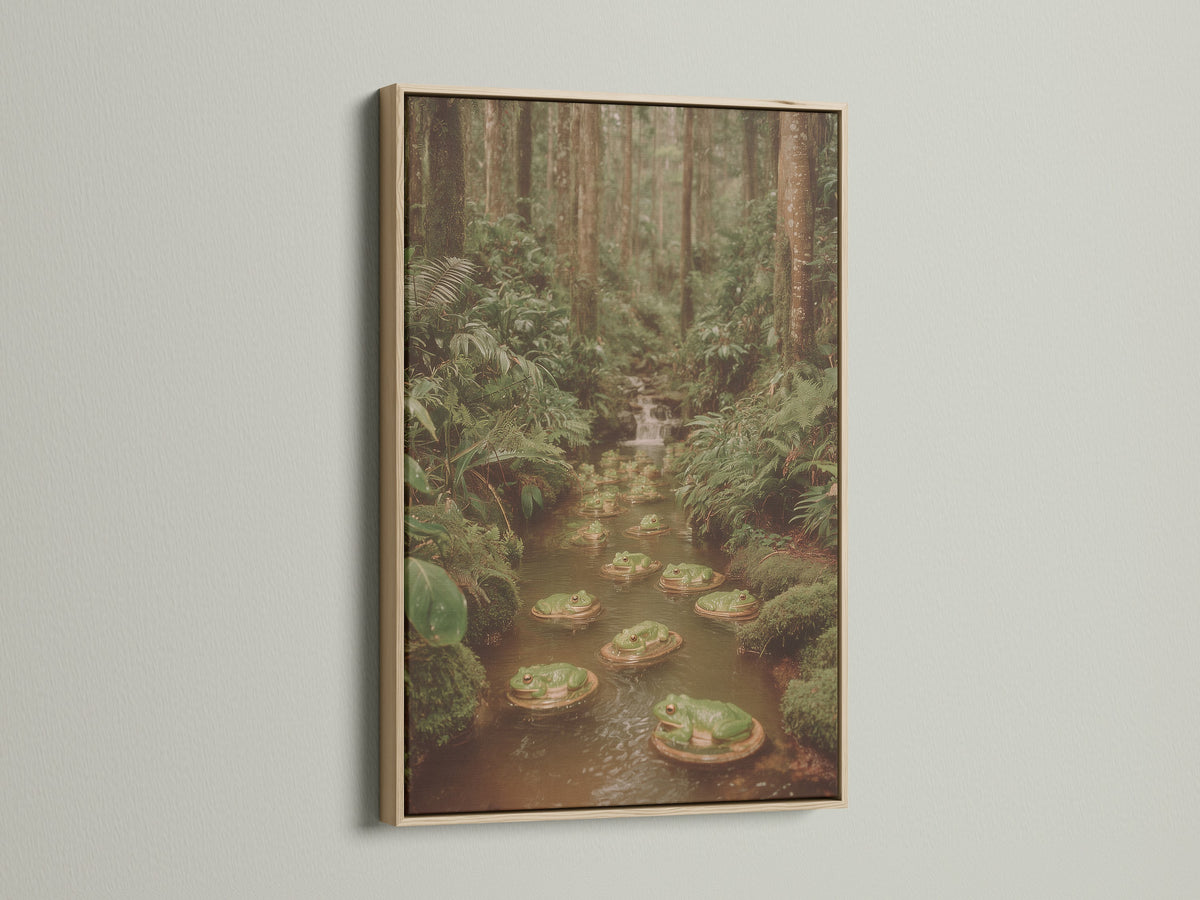
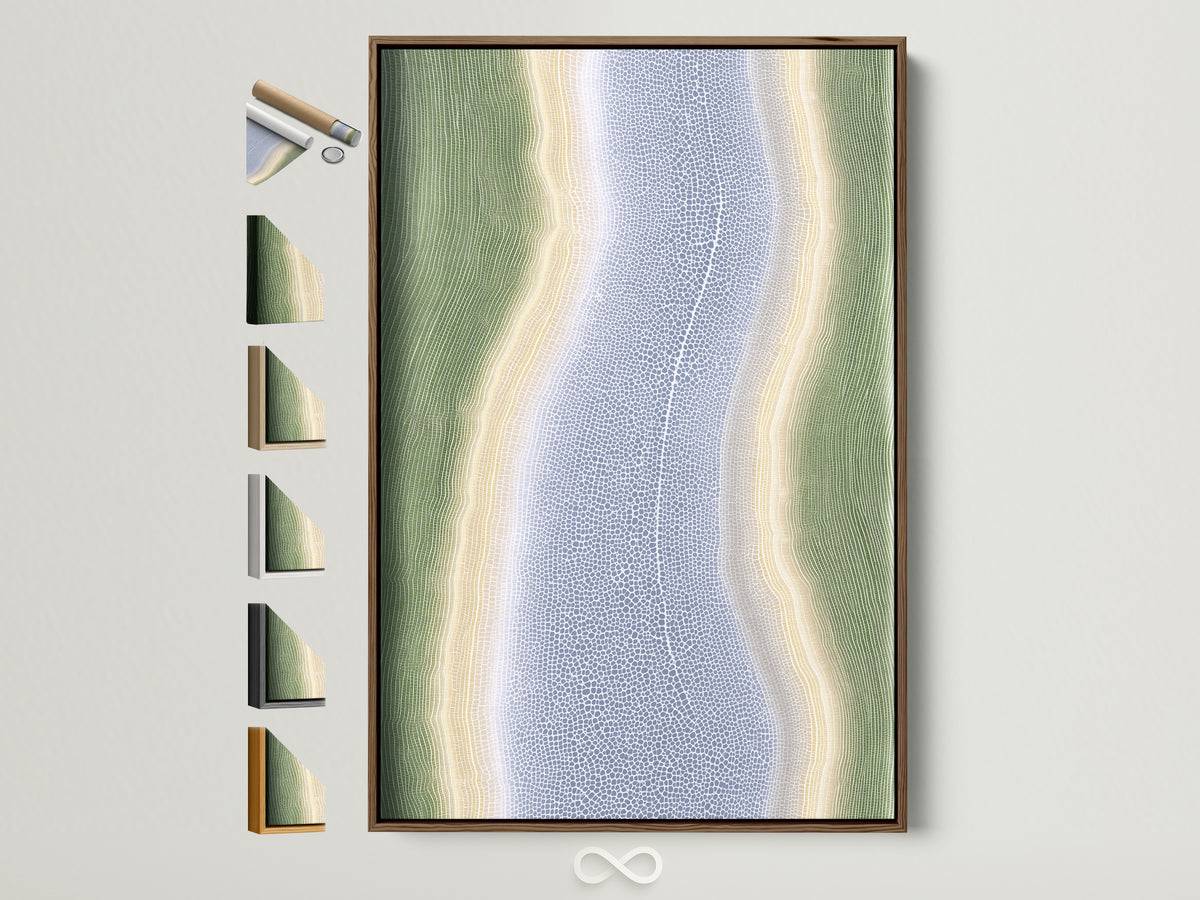
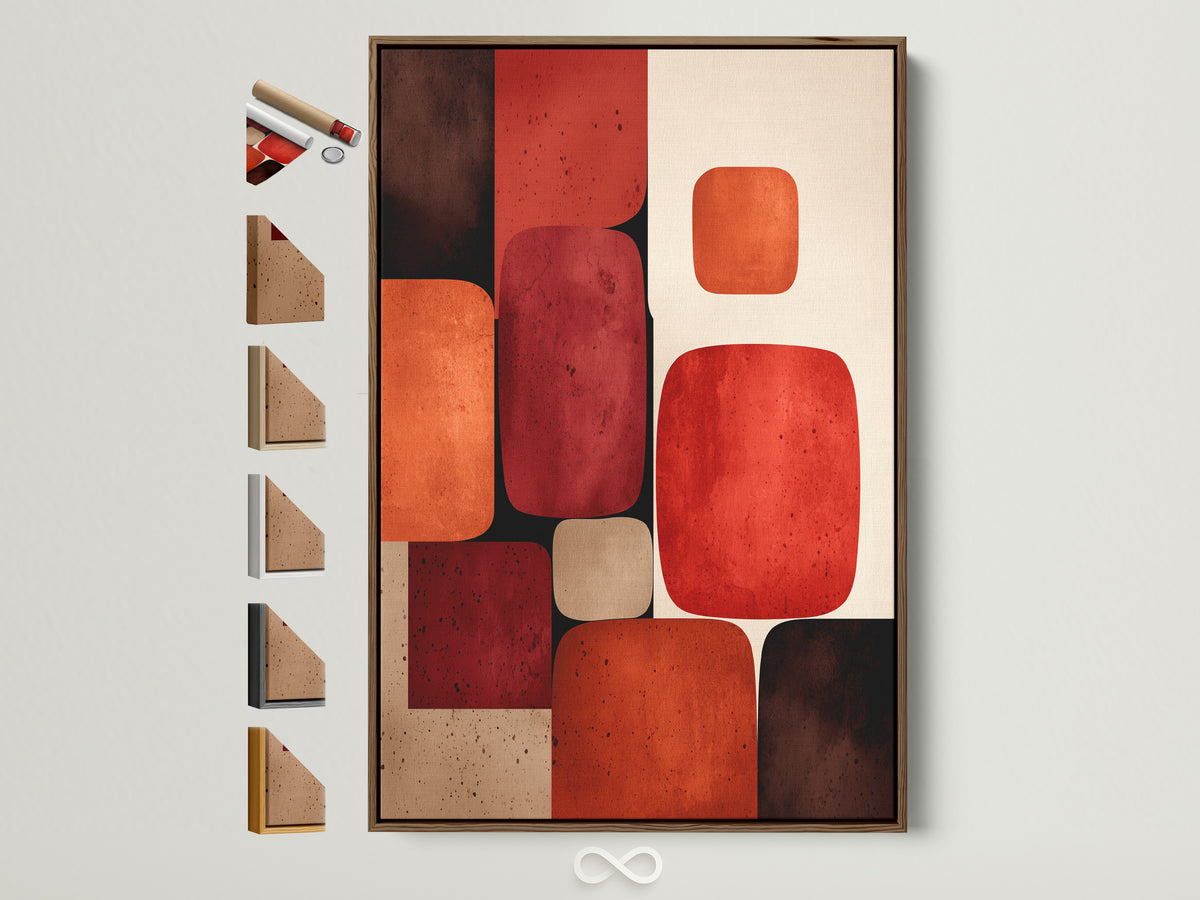
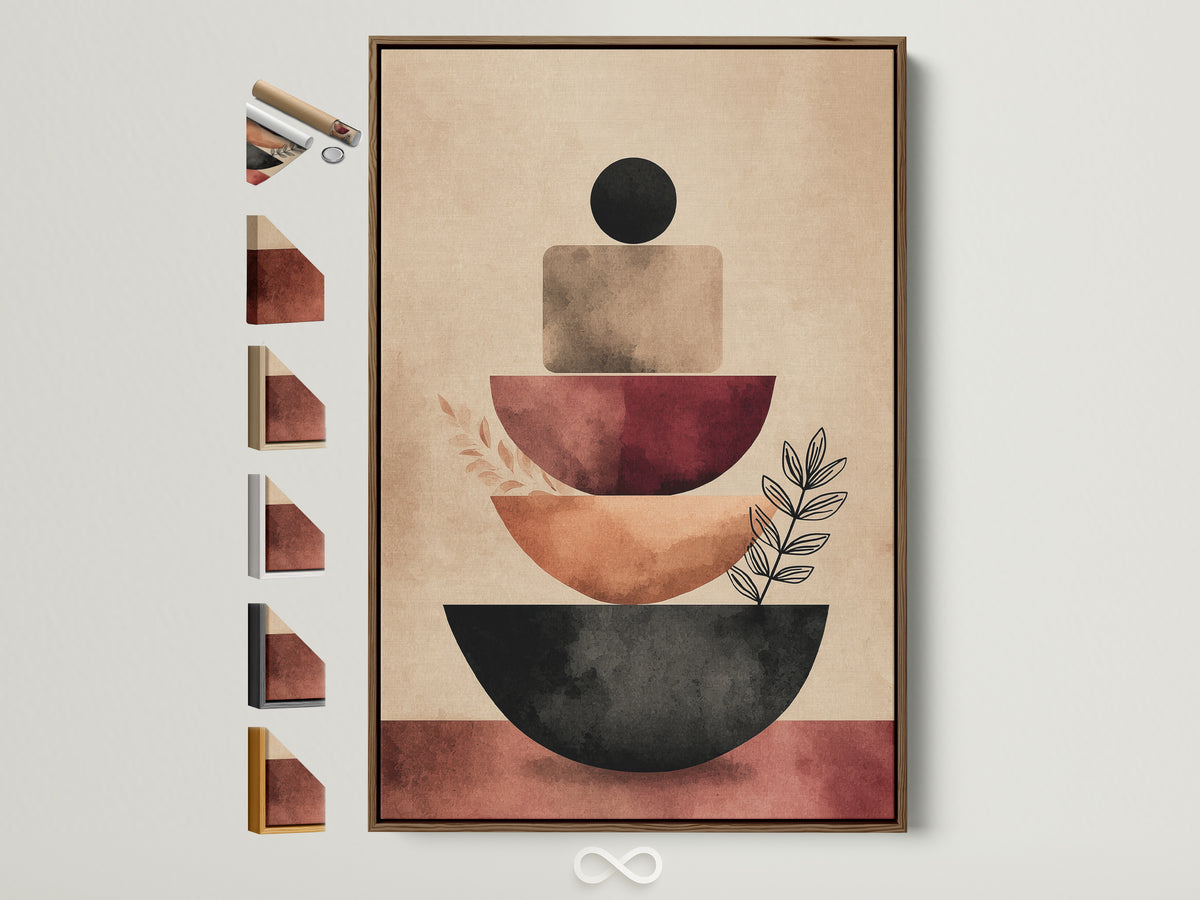
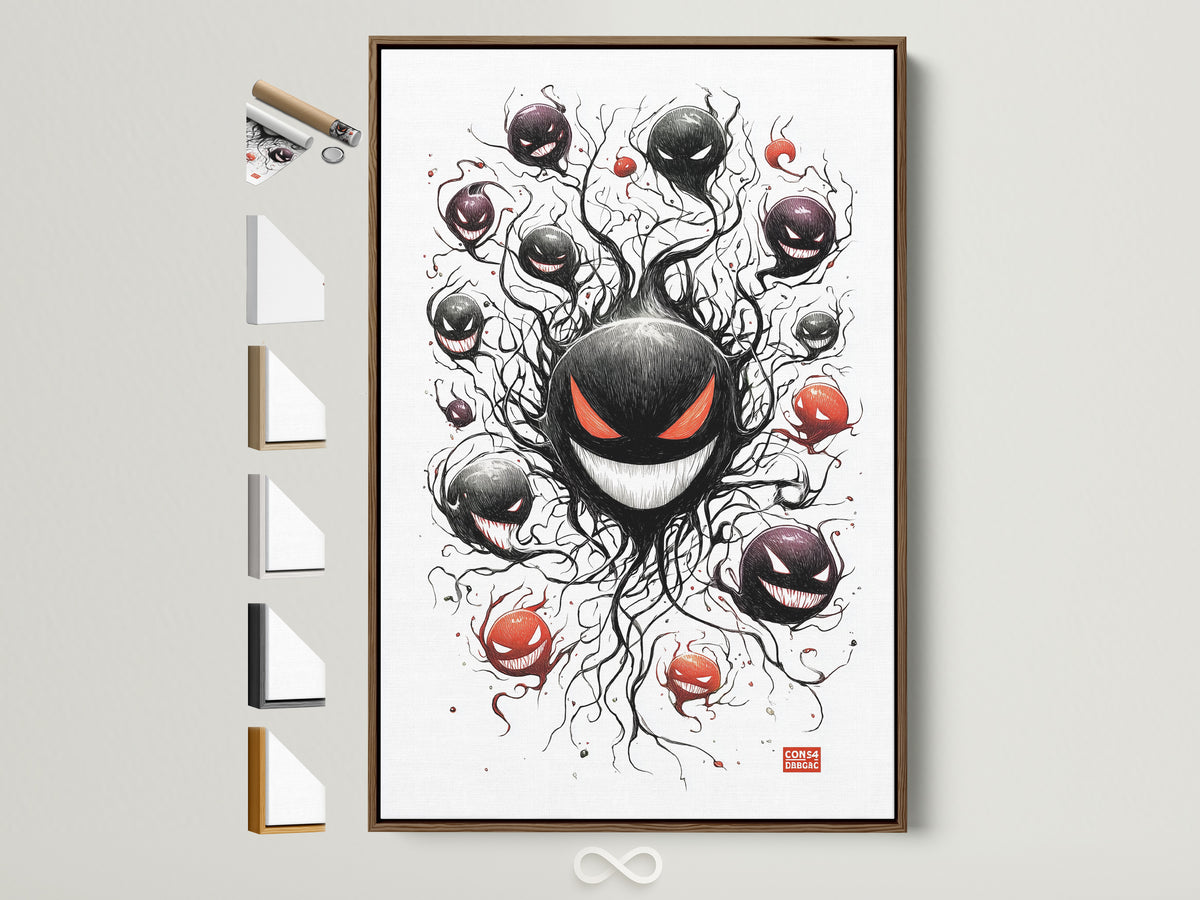
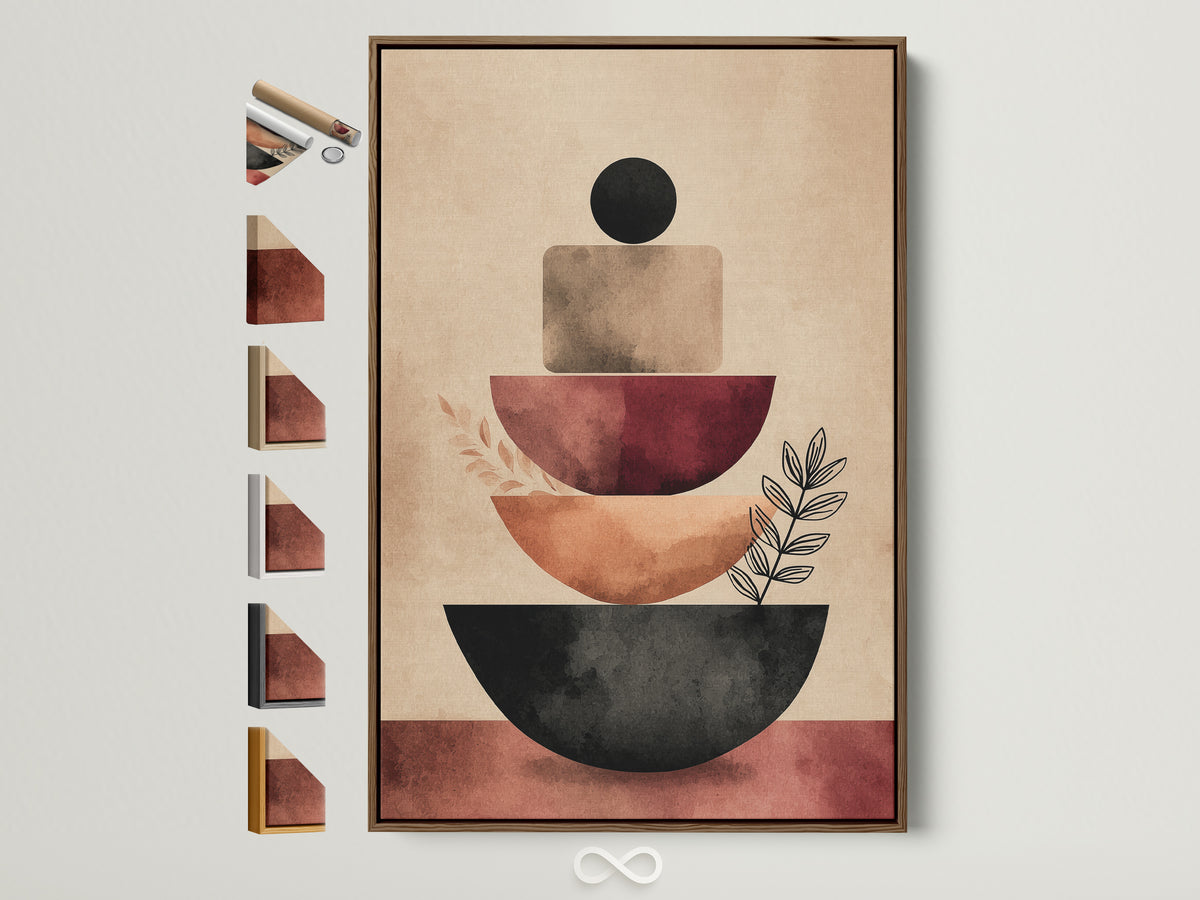
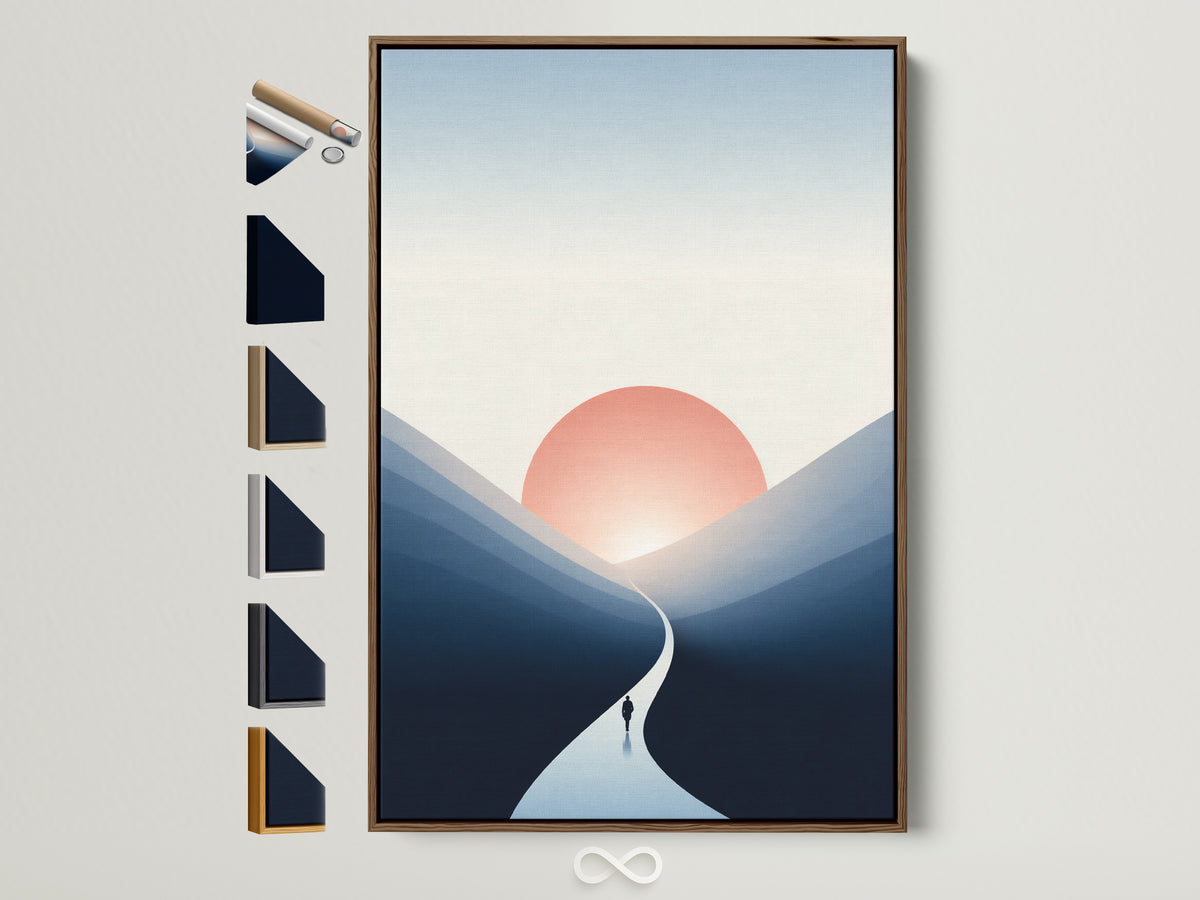
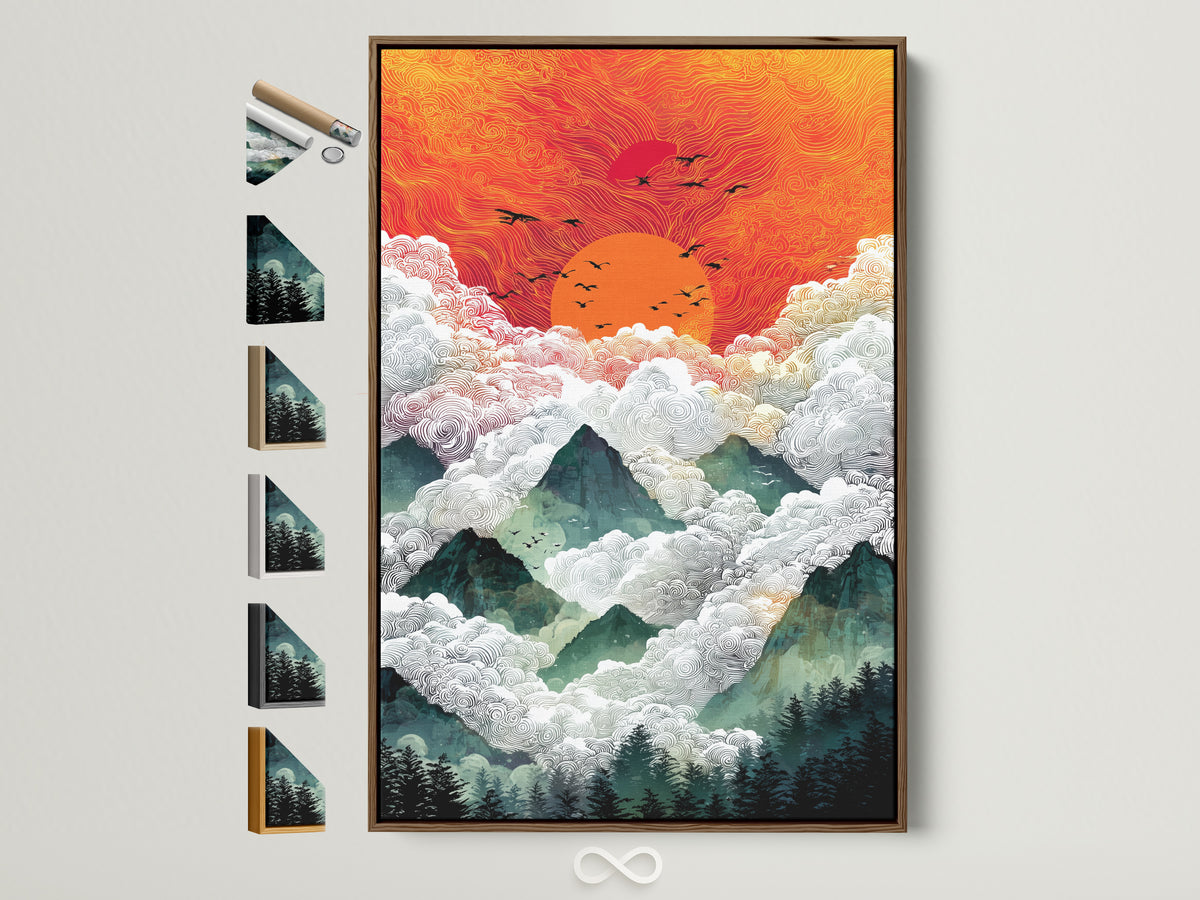
0 comentários